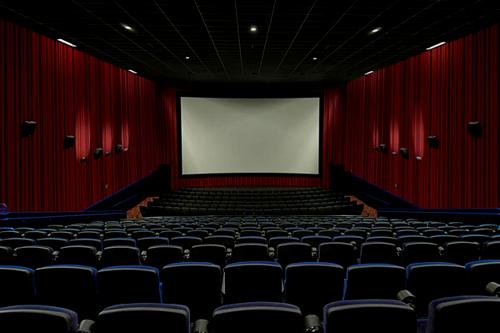Korea memiliki sistem pendidikan dan sekolah-sekolah terbaik di dunia. Dan disana, anak-anak sekolah dipersiapkan untuk mampu menembus kampus-kampus terbaik, tidak di Korea, tapi di Amerika, Harvard, Princeton, dan MIT..
THE EDUCATION RACE
Keeping Up With Korea.
THE EDUCATION RACE
Keeping Up With Korea.
NEWSWEEK, 9 Agustus 2008
Move over, Andover and Exeter. Two South Korean high schools score high on Ivy League acceptances.
Even as Visa restrictions have tightened in the United States since September 11, foreign students are still banging down the doors at American universities.
They now regularly represent more than 10 percent of students at elite schools, many of which have taken up campaigns to broaden their global appeal. And the overwhelming source of these new students?
Not the established European and American boarding schools that have always placed a respectable bloc of graduates into the best colleges. Instead, a new crop of prep schools is rising in other parts of the world, particularly South Korea.
In a Wall Street Journal survey last December, only two foreign schools ranked in the top 40 for best admission rates to eight leading American universities, including Harvard, Princeton and MIT. Both are in South Korea.
They now regularly represent more than 10 percent of students at elite schools, many of which have taken up campaigns to broaden their global appeal. And the overwhelming source of these new students?
Not the established European and American boarding schools that have always placed a respectable bloc of graduates into the best colleges. Instead, a new crop of prep schools is rising in other parts of the world, particularly South Korea.
In a Wall Street Journal survey last December, only two foreign schools ranked in the top 40 for best admission rates to eight leading American universities, including Harvard, Princeton and MIT. Both are in South Korea.
Minjok Leadership Academy, a 12-year-old high school located in a remote mountain village in South Korea, has a track record comparable to the best American prep schools. Of its 77 graduates who applied to American universities for this year, 25 were accepted into the Ivy League, 19 by UC Berkeley and 10 by New York University.
The remainder will attend Stanford and other leading institutions. Daewon Foreign Language High School in Seoul has a similar success rate. In 2000 it began to focus on foreign universities, and by the end of last year had sent 263 graduates to the top 50 U.S. universities. Last year alone, 36 got into Ivy League schools.
The secret to their success is an intensified version of a familiar routine. The Korean schools accept only the smartest kids—freshmen entering both Minjok and Daewon have grade-point averages in the top 3 percent nationwide—and wring them through a vigorous three-year program.
To improve SAT verbal and writing scores, they read 50 English-language books in that period. By the end, their command of the language is so good that they can write flawless essays and receive near-perfect scores. Daewon's average SAT score this year—2203 out of a possible 2400—is far higher than the 2085 from America's gold-standard prep school, Exeter (though only applicants to American schools take it).
Typically, students study well past midnight, sleeping four to five hours a night. The coed Korean schools also have tough rules on dating and other behaviors deemed distracting. Hand-holding is banned.
Both schools have unique teaching programs that combine Korean-style lectures with American-style discussions. They are designed to boost the biggest weakness of Korean students: creative thinking. "Our purpose is to nurture global, not Korean, leaders," says Yoon Jung Il, Minjok's principal. "To that end, we encourage students to take initiatives, rather than simply follow teachers' instructions."
Not that those teachers aren't worth following. At Minjok, the student-to-faculty ratio is 7 to 1—among the lowest in the country—and nearly half of its 60-plus teachers have doctorates. Annual tuition—about $5,000 for Daewon and $15,000 for Minjok—is meager compared with their Western counterparts (Exeter costs more than $36,000 per year), because the schools are subsidized by foundations.
Motivated by the success of Minjok and Daewon, more Korean schools are focusing on foreign universities, whose degrees are invaluable in Korea's competitive job market. Foreign-language high schools are growing in popularity because of their success rates in America. According to The New York Times, Harvard's foreign undergraduate population includes 37 Koreans—more than any other country except Canada and Britain.
Currently, Korean students represent the third largest foreign group in U.S. universities after Indians and Chinese, yet South Korea's population is less than 5 percent the size of those titans.
Left-leaning civic groups are challenging the push for higher scores and rigorous study programs. Teachers unions are against a government plan to increase the number of such schools, arguing they will produce studying machines instead of responsible citizens. Mindful of such criticism, Minjok and Daewon are paying closer attention to creating well-rounded students, encouraging more extracurricular activities and community service.
"We are not trying to produce bookworms," says Minjok's Yoon. "We are trying to raise autonomous and responsible citizens." But as long as the Ivy League remains their primary goal, dating will still be verboten.
© 2008
© 2008




No comments:
Post a Comment